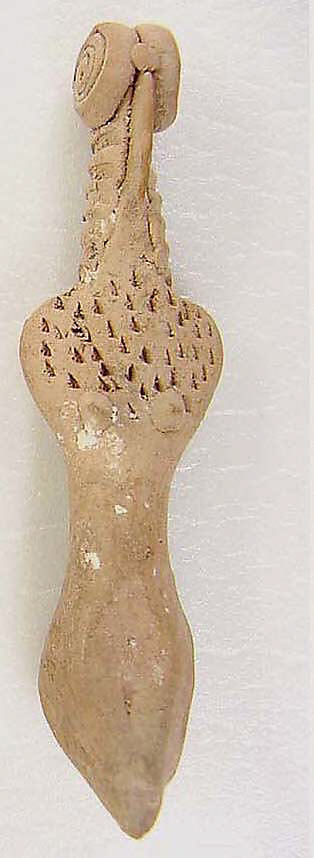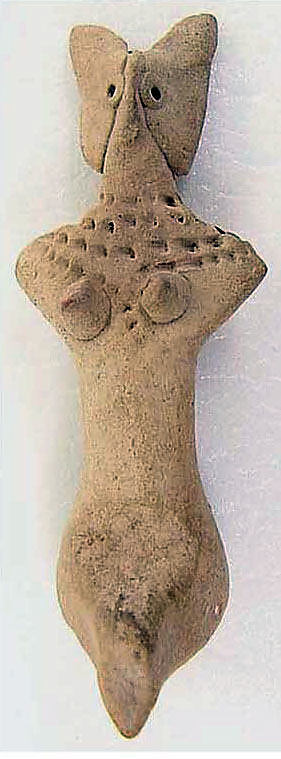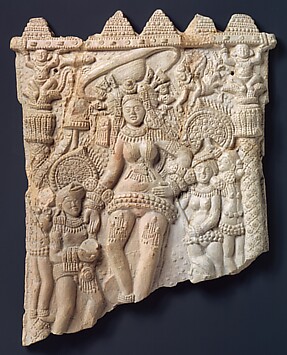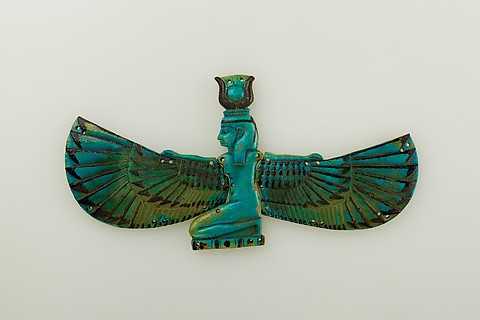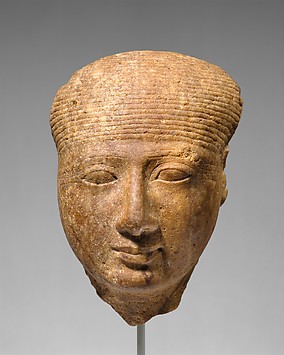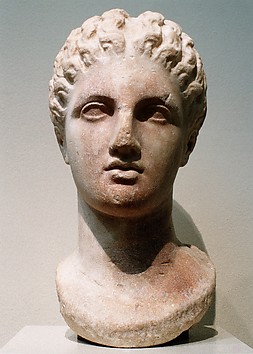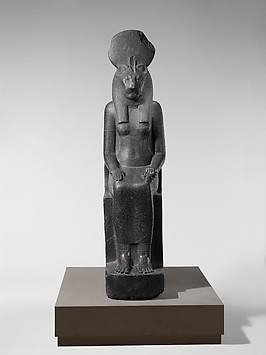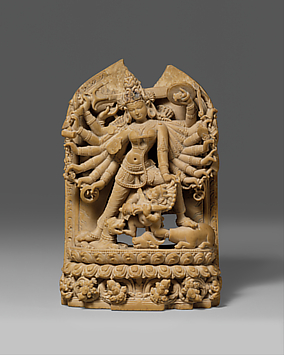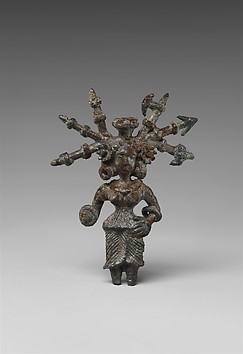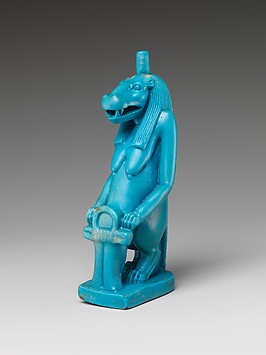Goddess: The Classical Mode explores the continually evolving influence of ancient Greco-Roman dress through the ages. Over the past two-and-a-half millennia, the classical mode has unfolded and persisted, finding expression in a variety of artworks and through them, in fashion. Through diverse permutations and transformations, ancient dress has survived and resonated as an ideal. This beautifully illustrated volume presents a survey of this fascinating theme, including examples of ancient sculptures and vases, along with works of art and fashions from various historical periods. Artists and designers have looked to the three major types of classical dress—the chiton, peplos, and himation—and have incorporated from Greco-Roman sources attributes such as the laurel and breastplate as well as various details, notably the Greek-key motif that is familiar as an architectural element from ancient Greek times to recent revivals. Because no ancient dress survives in cloth, Greek and Roman sculptures and vases, reinforced by literary sources of the period, provide the only evidence of their characteristics. this book is arranged in four sections, in which examples of antique art depicting each type of dress are followed by fashions showing subsequent connections and variations that have occurred on the metamorphosis from marble and clay to fabric. They demonstrate that in the process of assimilation and transformation, some of these interpretations have been subtle, and others more radical. Fashions inspired by the classical ideal can be elegant, romantic or provocative—reminders of Venus, goddess of love, of Diana, goddess of the hunt, or of the martial ancient tribe of women called Amazons. Most are in pale tones of white or beige, the result of the bleaching out of ancient, originally polychromed marbles that has occurred over many centuries. The emphasis is on the continuing presence of the classical mode in the fashion of the nineteenth and twentieth centuries. Full-page illustrations with accompanying texts portray and discuss important and innovative works by such designers as Paul Poiret and Mariano Fortuny; the emblematic draped creations of Madame Grès; costumes created for performances by the innovator of modern dance Isadora Duncan; the deconstructed peplos-style gown of Yves Saint Laurent; and the formidable recent contributions of Gianni Versace, Romeo Gigli, Alexander McQueen, and Tom Ford of Gucci. Each has made unique imaginative contributions that carry the immortal ideal originating from the goddesses of ancient Greece and Rome to the present and enliven it for the future. Inspired by the classical mode, Harold Koda, Curator in Charge of The Costume Institute, The Metropolitan Museum of Art, has conceived and developed this entertaining volume. It accompanies a major exhibition on view during the spring-summer of 2003 at The Costume Institute. Looking back 2,500 years to the time when Greek gods and goddesses reigned on Mount Olympus, this project continues the ongoing mission of The Costume Institute to document and examine diverse aspects of fashion's history and fashion's march into the twenty-first century.








